No longer relegated to your grandparents’ house, antique and vintage rugs have become the darlings of the design world. These unique textiles add warmth and character to any space, often with rich color and durability that’s tough to match with modern textiles. They complement traditional decor while softening the stark lines of more modern design, making them versatile for nearly every room and style. Before you start shopping, you should know what to look for when shopping for vintage and antique rugs online.
First and foremost, it helps to know the difference between the terms “vintage” and “antique.” You’re going to see and hear them often during your search for the perfect rug, and many people use them interchangeably, which can cause confusion. In order to know exactly what you’re buying, consider the following definitions:
Antique: These rugs are typically datable to at least 100 years in age.
Vintage: The definition of vintage pieces is somewhat more vague; it typically applies to rugs that are at least 20 years old.
Retro: You may encounter retro rugs that are also vintage, but this title doesn’t guarantee age. “Retro" refers to the style of the rug relating to past styles, so it can be used to describe a new rug that was designed in a vintage or antique style.
Now that you have the terms down, it’s time to consider where you’re placing the rug and, more importantly, the size of the space. Key points to think about before you start shopping include the following:
Antique and vintage rugs can vary widely in cost. When you buy a new rug, the price is often driven by factors such as the knots per square inch and the size, but antique and vintage rugs don’t follow the same rules. In general, the better the condition and the older the rug, the more you might expect to spend on it.
Whether you’re looking for specific colors or patterns that fall into a hot design trend, these are factors that you need to take into consideration during your search. They can also affect the price and how in-demand the rug may be. For example, if a center-medallion design is popular on the design market, buyers might spend 30 percent more on a rug with this design compared to one with an all-over medallion pattern.
Think about where you’re placing the rug before you buy it. In most cases, you don’t necessarily want to place a delicate antique rug in a high-traffic area where it might be damaged. Likewise, if you’re adding a rug to a sitting area or bedroom, you might want to look for supersoft materials that add a luxurious touch. This isn’t a rule, of course, but it is a consideration that you can take into account before you make the investment — and end up with the ideal antique or vintage rug in the ideal spot.
The most important thing to consider when buying any rug is the size of the space in which you’ll be using it. Will the rug be simply an accent piece or the center of the room? What furniture will be placed on top of the rug, and how much of the rug would you like to be visible? These are just some of the questions that you should ask yourself when deciding what size rug you need. After all, a rug that’s too small for a space will be dwarfed by the rest of your furniture, while a rug that’s too large will envelop the entire room. Make sure to take accurate measurements of the area in which you’ll be placing your rug, and use that to quickly narrow your search.
Now that you have a good idea about what you want, it’s time for the fun part. Shopping for vintage and antique rugs can lead you in a variety of directions, from direct suppliers to online estate sales. As you shop, it’s helpful to keep the following tips in mind:
Set realistic expectations: You won’t necessarily find a rug with the exact design you saw in a decor magazine or on a social media site. Being realistic and flexible is the key to ending up with a gorgeous purchase that might not be exactly what you expected in the beginning.
Do your research: When you’re buying online, do your due diligence with some comparison shopping. If you can, find out about origins of the rug, whether it’s hand-tufted or hand-knotted, and what condition it’s in.
Check the edges: Vintage and antique rugs with frayed edges may unravel sooner rather than later, which leads to costly repairs that may or may not be worth it for you.
Check the back: There are telltale signs that a rug has been made by hand instead of with a machine. Most notably, the back of a handmade rug will look nearly identical to the front.
Look for signs of faux-aging: Place a new rug that’s been treated to look old next to a quality vintage or antique rug, and the antique will always look newer. One of the common methods to faux-age a rug — acid-washing — leaves the rug looking washed out. True antiques keep their vibrant colors, according to Architectural Digest, so look for brightness and deep hues.
Don’t let a little wear and tear scare you off: Although you should take a hard pass on rugs with extensive damage, if you find the perfect rug you might want to overlook minor problems. A little dirt is easy to remove, and minor damage can be repaired.
Are you ready to start shopping? At Everything But The House, our revolutionary online auctions combine the convenience of online shopping with the amazing finds you only see at estate sales. Browse vintage and antique rugs from around the world and across history.
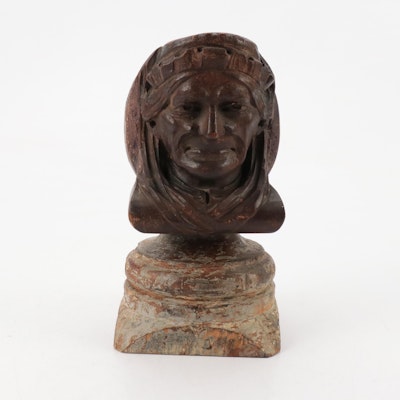
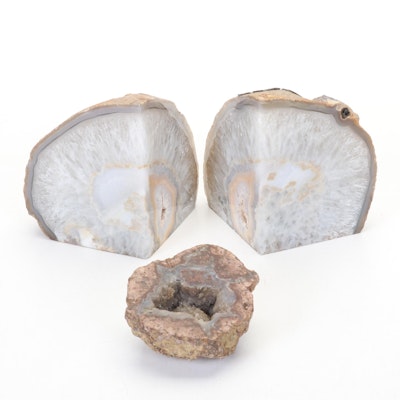

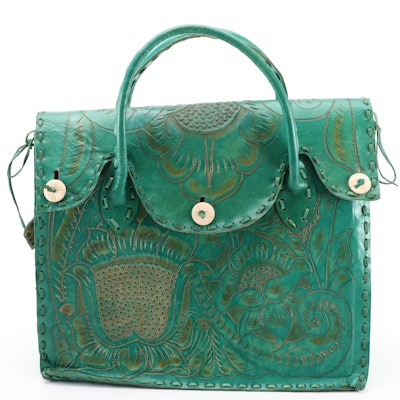






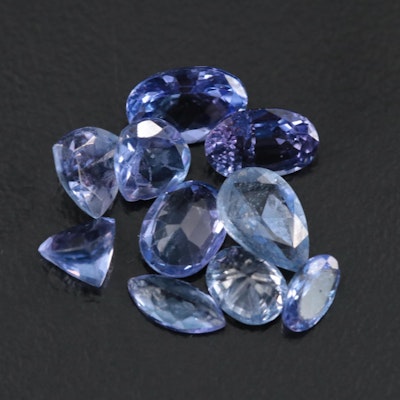



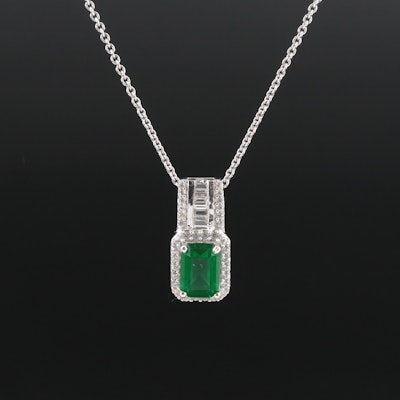
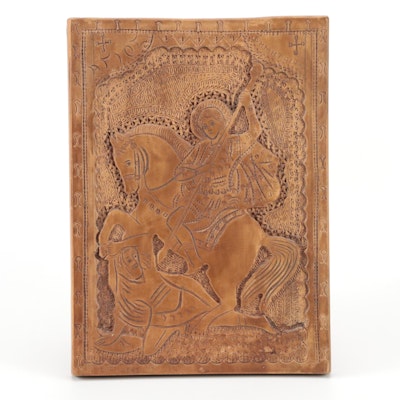


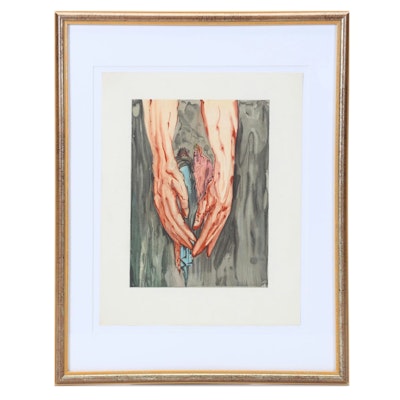
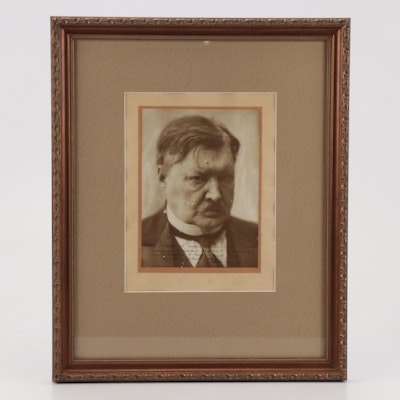

There are some amazing, one-of-a-kind items waiting to be discovered. Sign in to start bidding!
Not a member? Sign up.